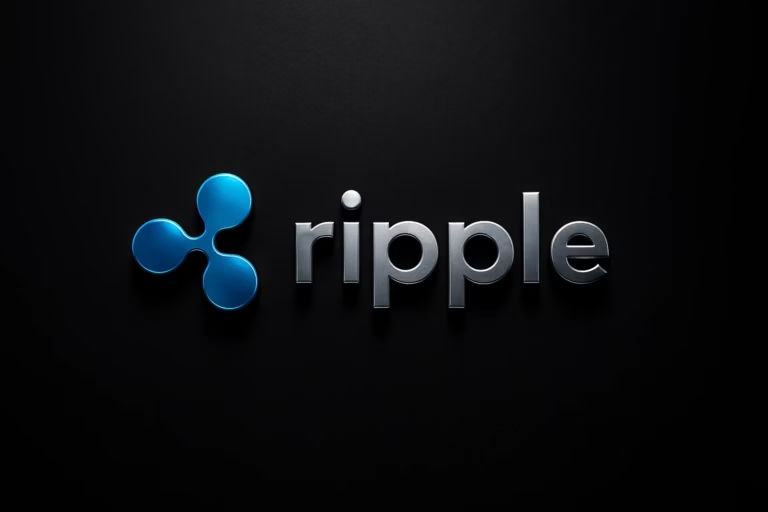
- Pi Network aims to create a user-friendly cryptocurrency, Pi, mined through a mobile app with over 60 million users, but its launch has been delayed due to unmet milestones like ecosystem readiness and user migration.
- While predictions for its future value vary widely, its success hinges on adoption, tokenomics, and integration with decentralized finance, amidst risks like market volatility and regulatory scrutiny.
Pi Network has captured the curiosity of the cryptocurrency community since its inception in 2018. Promising the benefits of Bitcoin while avoiding its pitfalls, the network’s vision is bold—but its journey has been marked by delays and speculation. As Pi Network inches closer to its public debut, here’s everything you need to know about this intriguing project.
What is Pi Network?
Founded by Stanford academics Nicolas Kokkalis and Chengdiao Fan, the Pi Network introduced a unique way of mining cryptocurrency. Users, known as “Pioneers,” mine Pi coins by simply tapping a button on the Pi app daily. This approach has attracted over 60 million users as of November 2024.
Unlike traditional cryptocurrencies, Pi operates on a proprietary mechanism inspired by the Stellar Consensus Protocol (SCP). This enables users to earn incentives for their participation while ensuring network integrity.
The network also boasts various user roles:
- Pioneers: Regular users who mine Pi.
- Contributors: Participants who build trust within the network.
- Ambassadors: Referrers who expand the user base.
- Nodes: Advanced participants running Pi node software on computers.
Milestones and Ecosystem Developments
Although Pi coin’s launch has been repeatedly delayed, the network has made progress with milestones like Pi Bridge and PiConnect. These applications aim to integrate Pi with other blockchains, such as Binance Smart Chain, while offering functionalities like staking, lending, and marketplace features.
However, despite these advancements, Pi remains an unlisted token with no official market value as of November 2024. Its eventual launch is contingent upon meeting several goals, including migrating millions of users to the mainnet and ensuring ecosystem readiness.
The Value Debate: Predictions and Possibilities
Pi coin price predictions range widely. Some experts foresee modest growth, with estimates like $0.8 in 2025, while others project an optimistic $240 or more by 2027. These variations stem from uncertainties about token supply, market sentiment, and ecosystem adoption.
Potential drivers of Pi’s value include:
- Adoption: A robust, active community and successful partnerships could boost demand.
- Tokenomics: Pi’s supply control mechanism, limiting mining rewards over time, may encourage long-term holding.
- DeFi Integration: Applications like Pi Bridge could expand Pi’s utility in the crypto space.
Risks and Rewards
While Pi coin offers exciting possibilities, it comes with risks:
- Volatility: Early trading may see dramatic price swings.
- Liquidity Issues: Limited availability on exchanges could affect trading.
- Selling Pressure: Early miners may flood the market with coins, driving prices down.
- Reputational Concerns: Delays and skepticism could harm market trust.
The Verdict
Pi Network’s appeal lies in its innovative approach and massive user base. However, the project’s success hinges on delivering a functional ecosystem, meeting launch conditions, and addressing community concerns. Whether Pi will revolutionize crypto or fade into obscurity remains uncertain—but its journey is undeniably worth watching.




